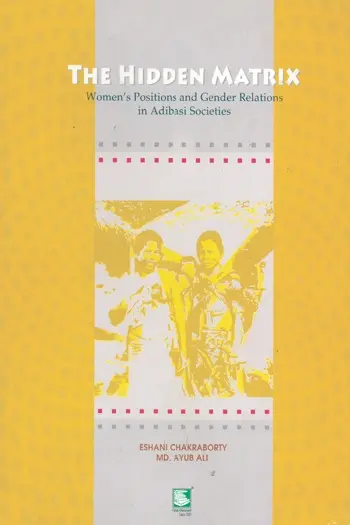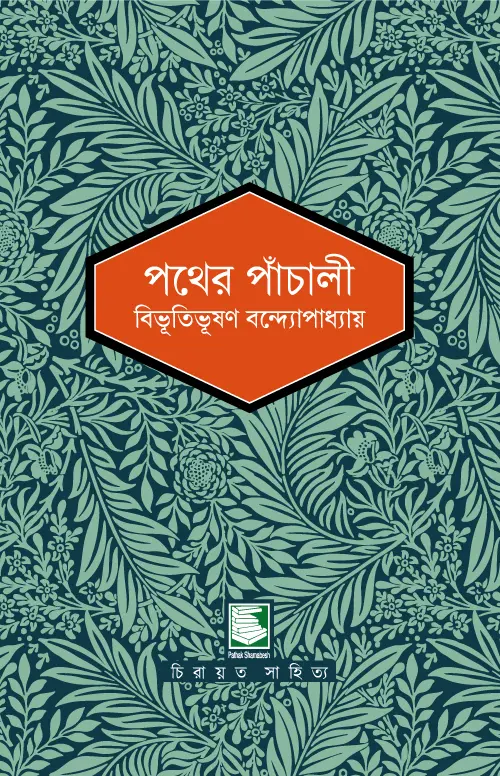The Hidden Matrix: Women's Positions and Gender Relations in Adibasi Societies
Terms and Conditions
📦 Delivery Charge (Based on Location & Book Weight)
Inside Dhaka City: Starts from Tk. 70 (Based on book weight)
Outside Dhaka (Anywhere in Bangladesh): Starts from Tk. 150 (Weight-wise calculation applies)
International Delivery: Charges vary by country and book weight — will be informed after order confirmation.
🧾 7 days Happy Return
Change of mind is not applicable
💳 Multiple Payment Methods Credit/Debit Card, bKash, Rocket, Nagad, and Cash on Delivery available
|
Title |
The Hidden Matrix: Women's Positions and Gender Relations in Adibasi Societies |
|
Author |
Eshani Chakraborty |
|
Number of Pages |
432 |
|
Category |
|
|
First Published |
2009-05-01 |












